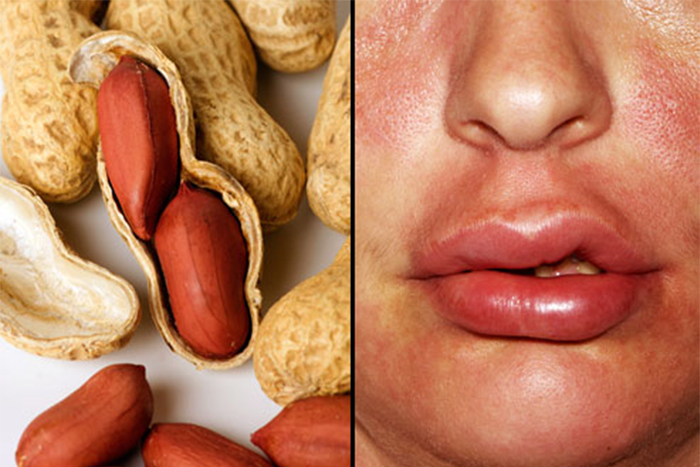
Anaphylaxis is a severe, potentially life-threatening allergic reaction. It can occur within seconds or minutes of exposure to something you're allergic to, such as peanuts or bee stings.
Anaphylaxis causes your immune system to release a flood of chemicals that can cause you to go into shock — your blood pressure drops suddenly and your airways narrow, blocking breathing. Signs and symptoms include a rapid, weak pulse; a skin rash; and nausea and vomiting. Common triggers include certain foods, some medications, insect venom and latex.
Anaphylaxis requires an injection of epinephrine and a follow-up trip to an emergency room. If you don't have epinephrine, you need to go to an emergency room immediately. If anaphylaxis isn't treated right away, it can be fatal.
Anaphylaxis symptoms usually occur within minutes of exposure to an allergen. Sometimes, however, it can occur a half-hour or longer after exposure. Signs and symptoms include:
Your immune system produces antibodies that defend against foreign substances. This is good when a foreign substance is harmful, such as certain bacteria or viruses. But some people's immune systems overreact to substances that don't normally cause an allergic reaction.
Allergy symptoms aren't usually life-threatening, but a severe allergic reaction can lead to anaphylaxis. Even if you or your child has had only a mild anaphylactic reaction in the past, there's a risk of more severe anaphylaxis after another exposure to the allergy-causing substance.
The most common anaphylaxis triggers in children are food allergies, such as to peanuts, and tree nuts, fish, shellfish and milk. Besides allergy to peanuts, nuts, fish and shellfish, anaphylaxis triggers in adults include:
Although not common, some people develop anaphylaxis from aerobic exercise, such as jogging, or even less intense physical activity, such as walking. Eating certain foods before exercise or exercising when the weather is hot, cold or humid also has been linked to anaphylaxis in some people. Talk with your doctor about precautions to take when exercising.
If you don't know what triggers your allergy attack, certain tests can help identify the allergen. In some cases, the cause of anaphylaxis is never identified (idiopathic anaphylaxis).
There aren't many known risk factors for anaphylaxis, but some things that might increase your risk include:
An anaphylactic reaction can be life-threatening — it can stop your breathing or your heartbeat.
The best way to prevent anaphylaxis is to avoid substances that cause this severe reaction. Also:
When eating out, ask how each dish is prepared, and find out what ingredients it contains. Even small amounts of food you're allergic to can cause a serious reaction.
Your doctor will ask you questions about previous allergic reactions, including whether you've reacted to:
To help confirm the diagnosis:
Many conditions have signs and symptoms similar to those of anaphylaxis. Your doctor will want to rule out other conditions.
During an anaphylactic attack, you might receive cardiopulmonary resuscitation (CPR) if you stop breathing or your heart stops beating. You might also be given medications, including: